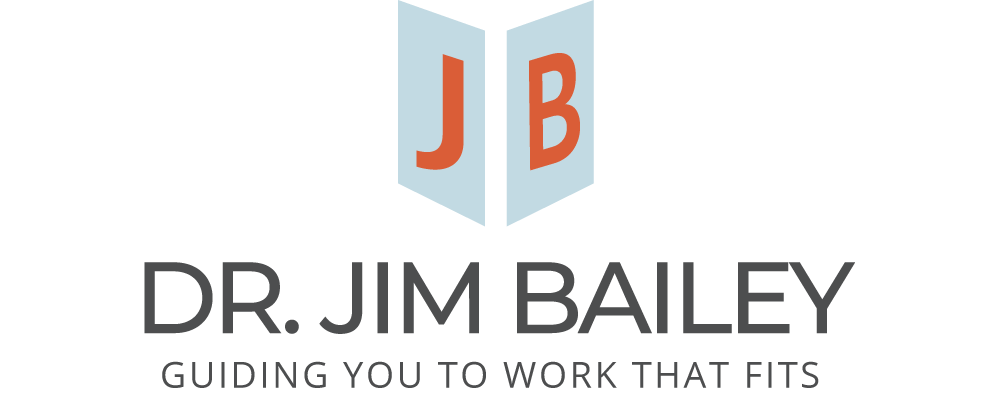Changing your business or your life
I rarely write about my work as an Executive Coach and Business Consultant but these aspects of my work give me a sense of satisfaction that equals, and sometimes exceeds, my joy in helping people get into careers that fit them because more people are affected by positive change.
Several years ago a local non-profit asked me to help them make their organization run more effectively. Unfortunately the people behind the venture, while well intended, had failed to recognize the complexity of the operation when they put it together. By the time I became involved interpersonal tension was high and business functioning was suffering.
The Board of Directors asked me to assess the issues they faced, identifying the causes of the tension and poor performance, and then provide suggestions and a plan for rectifying the situation.
My background in organizational structure and functioning enabled me to identify three key causes to their problems: an administrative structure that didn’t fit the focus areas of the organization; failure to develop jobs (and job descriptions) with tasks and responsibilities that matched the operational needs of the organization; and attentive matching of the strengths and skills of their personnel to match those job descriptions.
The steps I took toward resolving the problems included: (1) designing an administrative structure that matched the mission and functional needs of the organization; (2) developing job descriptions for the key administrative roles in that new structure; and then (3) evaluating the strengths and skills of current staff to determine whom should be in which roles, or if the Board should engage in a recruitment and hiring process to get individuals who better fit its needs.
Prospective clients often ask me whether I can produce proof of my effectiveness as a part of their decision whether or not to hire me. My response is that the crucial factor to whether I am effective in my coaching and consultation roles will be the willingness and effort of my client to follow through with the steps and suggestions I provide. It’s analogous to the proverbial person who leads a horse to water – whether the horse does or doesn’t actually take a drink is ultimately up to the horse. Similarly, whether my client’s experience a successful transition is often dependent on factors that a largely outside of my control.
In this case, the Board of Directors decided to implement some of my recommendations but ignore others due to their reluctance to engage in the routine fundraising that would have made adequate staffing possible. In the meantime I wrote job descriptions based on the actual tasks and needs for each role within the organization and interviewed and tested staff to learn their acquired skills and natural work-related strengths.
The notion of “job fit” is foreign to most people. They generally think about work in terms of whether they do or don’t like their jobs but are rarely objectively evaluate whether that job truly fits their natural wiring and learned capabilities. So it’s not uncommon for an employee to have a strong emotional response when told he or she isn’t a good fit for the job to which they’ve been assigned. We all want to be good at everything, regardless of whether it does or doesn’t naturally fit our abilities.
In this situation I explained to each person how their work experiences and, more importantly, their natural “hardwiring” did and didn’t fit the particular role they’d been performing within the organization. Their responses varied from relieved understanding to pain-filled acceptance. One manager was greatly relieved to learn that the symptoms of depression he’d been experiencing were due to poor job fit, rather than a character flaw or mental health issue.
Another manager, however, felt as though he’d been demoted due to personal incompetence. It took multiple conversations about the new administrative structure and the concept of “good job fit” to help him understand that his abilities were better used within a role that had a narrower and less paper-driven focus. Both of these situations required me to draw equally on my training as a therapist, knowledge about person-to-job fit, and understanding of optimal organizational functioning.
I used to teach my students that businesses and organizations (and even families) function very much like living organisms. Regardless of how well or poorly they function they all try to maintain a consistent and predictable pattern that scientists call homeostasis. When you try to make changes, even changes aimed at making positive things happen, they naturally resist. It takes a person or people with exceptional dedication, commitment and perseverance to change the direction of a life, a business, an organization or even a family, but it can happen.

